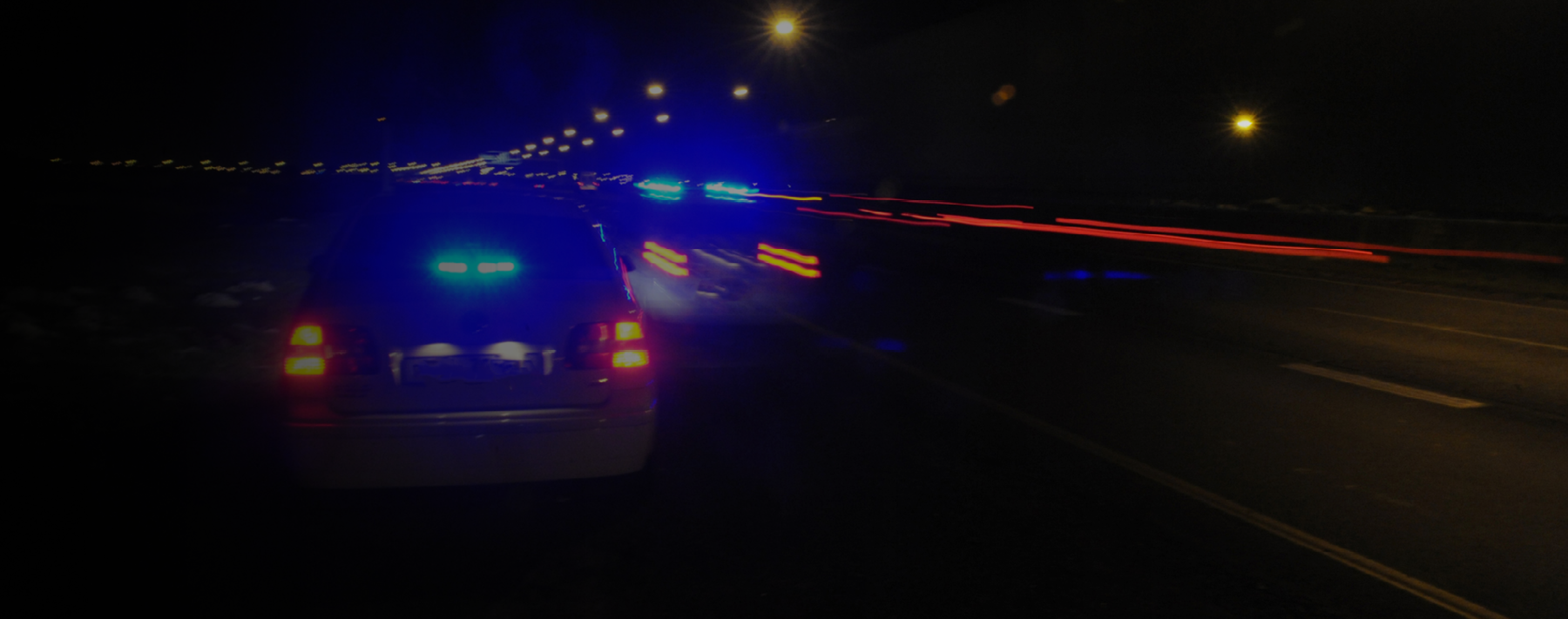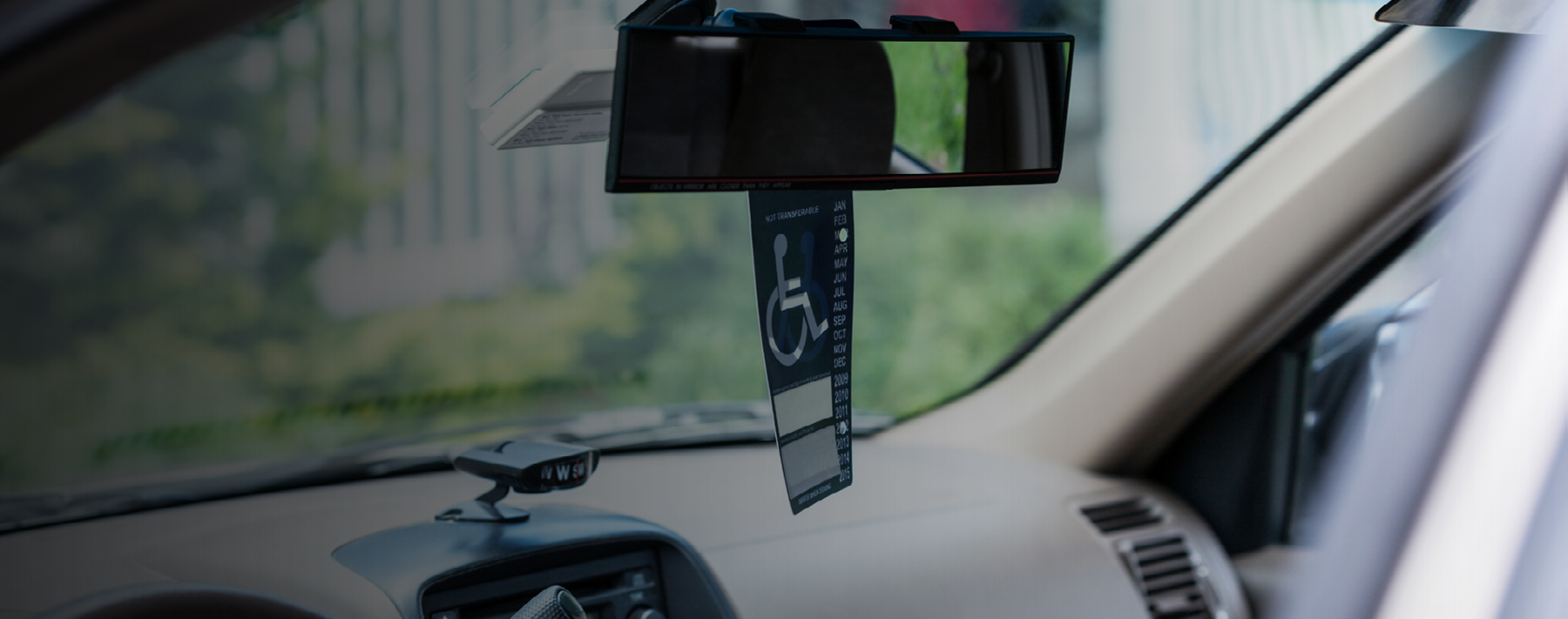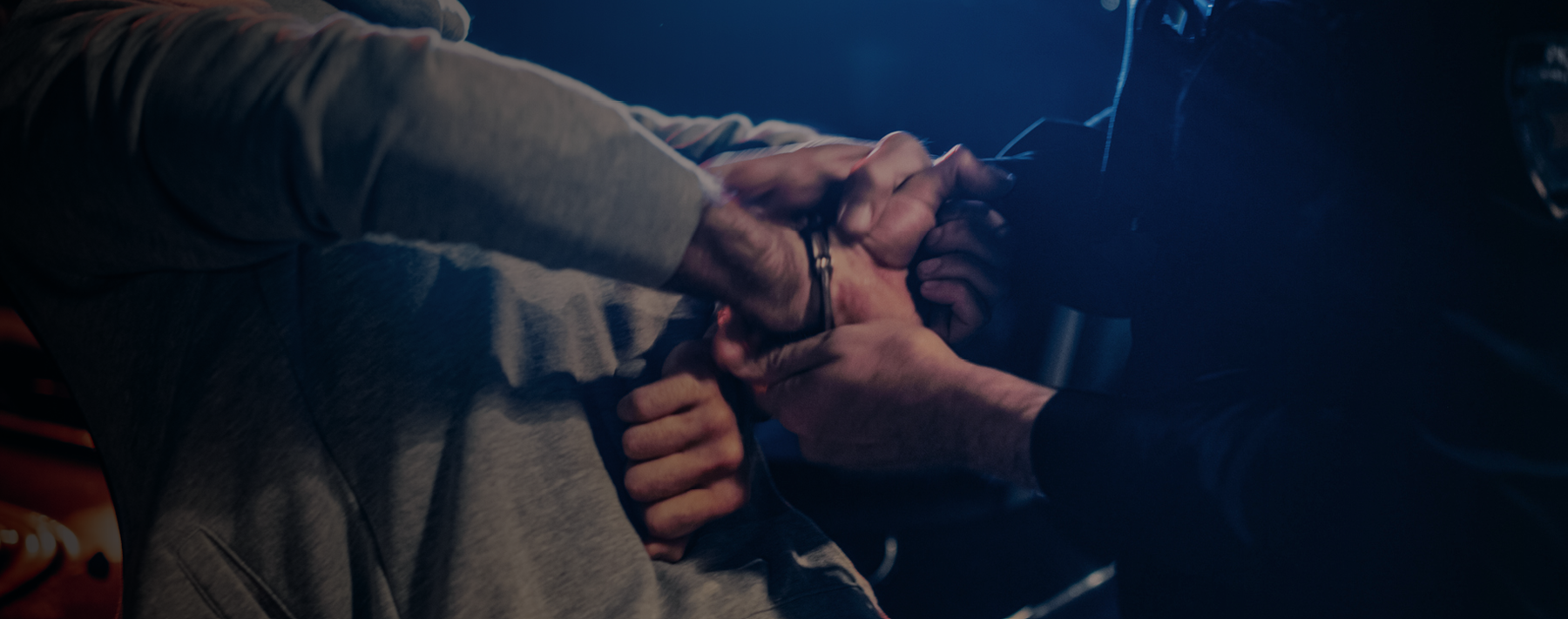Body-worn cameras (BWCs) have become an increasingly important tool for law enforcement agencies worldwide. Securing body-worn camera funding can have a significant impact on law enforcement, bringing numerous benefits to both officers and the communities they serve.
Benefits of BWCs
BWCs enhance transparency, accountability and public trust. BWC footage provides an objective record of interactions, reducing the potential for disputes and misunderstandings. The knowledge that interactions are being recorded can lead to more respectful and professional behavior from both officers and the public.
They are also a valuable tool, as BWC footage can provide crucial evidence in criminal investigations. BWC video can lead to stronger cases and convictions and can also corroborate or refute eyewitness accounts, improving the accuracy of investigations. This in turn can help build public trust in law enforcement by demonstrating transparency and accountability.
Possibly the most important benefit of BWCs is officer safety. The presence of a camera can deter aggressive behavior from suspects as well as document threats and assaults against officers, aiding in prosecutions and internal investigations. Analyzing BWC footage can help identify patterns in use of force incidents and inform policy changes to reduce their occurrence.
eBook: 5 Common Grant Application Mistakes DOWNLOAD NOW!
Budgeting for BWCs
Unfortunately, many agencies today still do not have BWCs. Smaller departments, particularly in rural areas, may lack the resources or the mandate to implement them. Some states and localities have laws mandating the use of body-worn cameras, while others leave it up to individual departments to decide.
As with any technology, the biggest hurdle for law enforcement agencies is typically the cost. Implementing a body-worn camera program can be expensive. The initial cost of purchasing the cameras, as well as the ongoing costs of data storage and maintenance — plus personnel to manage the footage — can be significant for departments with limited budgets. To overcome these financial hurdles, many agencies turn to grant funding.
In order to find grants for your BWC project, you need to know where to look. Being prepared to apply for these grants ahead of time will help you during the application process.
Federal funding sources. Some grants that will be opening in 2025 for BWCs include federal grants, such as Safe Streets and Roads for All, sponsored by Department of Transportation. This grant is focused on promoting safety to prevent death and serious injuries on public roadways. Other goals include fostering partnerships with stakeholders and developing strategies to improve safety.
Another federal grant offering is the Body-Worn Camera Policy and Implementation Program to Support Law Enforcement Agencies, sponsored by the Department of Justice. This grant opportunity is specifically designed to help law enforcement agencies implement body-worn camera programs.
State and local funding sources. While federal grants offer significant funding, state and local sources can also provide valuable support for BWC programs. Massachusetts, for example, offers the Law Enforcement Equipment and Technology Grant Opportunity, which can be used to fund BWC purchases. Project Safe Neighborhoods, a program implemented in states like South Carolina, Virginia and Arkansas, provides funding for crime reduction strategies that may include BWCs.
State Homeland Security Grants can also be a potential source of funding, particularly for programs that address terrorism or natural disaster preparedness. However, these grants often require multi-disciplinary partnerships and a clear link to specific threats.
Private funding sources. Private funding from foundations, local businesses or community donations can be a valuable resource. Engaging the community in your BWC initiative can not only generate financial support but also build public trust and support for law enforcement. Check with utility companies, such as energy providers, as well as large businesses within your community to see if they have a charitable foundation. Their applications are usually not as challenging as federal or state funding may be. Some examples include Marathon Petroleum Foundation Grants, CSX Community Service Grants and Nevada Energy Foundation Grants.
The knowledge that interactions are being recorded can lead to more respectful and professional behavior from both officers and the public.
Navigating the Grant Process
When you are searching for grants, make sure to research thoroughly. There are many online grant platforms, such as Grants.gov, that can help you search. (Lexipol’s GrantFinder is a subscription-based, searchable database of federal, state and private grants for public safety agencies and local governments.) Keep your searches broad to yield the greatest results, then select the programs that would work best for your agency. It’s crucial to understand the specific eligibility criteria, deadlines and application requirements for each grant. Make sure you know the needs of your agency such as the number of BWCs required, storage solutions and training programs.
Start by drafting a compelling narrative that highlights the problem your agency faces and how the BWC program will address it. It helps to include compelling information such as statistics on use of force incidents or police-public interactions. Highlight the potential impact of the BWC program on public safety and community relations. Develop a detailed budget that outlines all costs associated with the BWC program, and how this grant will address the financial need of your agency.
Collaborate with other agencies, community organizations and elected officials to build support for your grant application. Letters of support from community leaders and law enforcement partners can strengthen your application. Write clearly and concisely while using plain language and avoiding jargon. Make sure you proofread carefully, as errors can undermine your credibility. Get feedback from colleagues, supervisors and grant writing experts.
The process of drafting a grant application for body-worn camera funding can be daunting, and some agencies choose not to go through it alone. If your agency doesn’t have a lot of experience with grants, consider hiring a grant writer to assist with the application process. Professional grant writers — like those in Lexipol’s Grant Services team — can help you identify potential funding sources, craft a strong narrative and prepare a competitive proposal. In the end, be persistent. Grant writing can be a competitive process. Don’t get discouraged by rejections.
By following these steps and actively seeking available grant opportunities, law enforcement agencies can effectively secure the resources needed for successful BWC implementation, leading to enhanced public safety and stronger community trust.
Not sure where to start with your BWC grant application? Lexipol’s team of expert grant writers and project managers can position you for success in funding your agency’s needs.



